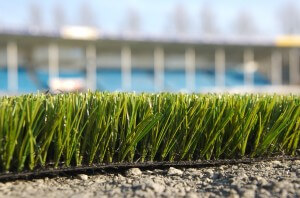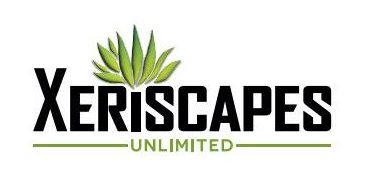 Many people think that because natural grass and artificial turf are both green and referred to as turf, that they are similar. Some may think that artificial turf is better because it does not need to be watered, mowed, or fertilized. There are actually many differences that should be considered before choosing this option. Let’s explore the pros and cons.
Many people think that because natural grass and artificial turf are both green and referred to as turf, that they are similar. Some may think that artificial turf is better because it does not need to be watered, mowed, or fertilized. There are actually many differences that should be considered before choosing this option. Let’s explore the pros and cons.
On the positive side of things, while initial costs may seem high, proponents claim that when you look at the necessary upkeep, it is considerably less expensive than natural turf. Obviously, there is no need to water, mow, or over-seed the artificial turf. Unlike natural grass, artificial turf doesn’t require treatment with pesticides and fertilizers. It is also much more durable than natural grass. If it is used for youth sports, one could make the case for fewer injuries from issues like slippery mud, uneven playing spaces, or even potholes.
Another obvious “pro” with artificial turf is the hard-to-grow natural grass areas. These are the ones that often have trees that block the sun and make it difficult for natural grass to grow.
Those spaces also pose a con for artificial grass. If there are a lot of trees, there will be the need to vacuum the artificial grass to remove foreign debris such as leaves.
In Arizona, temperature is a con that cannot be overlooked when considering artificial turf. The heat-absorbing properties can make it too hot to play on and unbearable for pets and children to even walk on. On a 98-degree day, the temperature on the turf can rise to more than 120 degrees! In the event the space is used for youth sports, it must be cleaned, as it is a bacteria breeding ground. Medical experts have found that bacteria can survive on polyethylene plastic (the material artificial turf is made from), for more than 90 days. Additionally, when a community selects artificial turf, it has no choice but to replace the artificial turf when it wears out. The process of installing the artificial turf kills any living organism in the sub soil. In order to grow anything on that surface again, it would take years of soil remediation.
All of these considerations are not brought up to steer away from this solution. For some, this could be the perfect solution! We simply want to make sure that all angles have been looked at first so there are no surprises.
With 30 years of experience in the landscape arena, we have seen it all. We have the experience and expertise to help our clients navigate through decisions just like this one. If you are struggling with the decision to select synthetic turf or natural grass, we would welcome the opportunity to assist you.
Please email us at info@xeriscapes.com or call our office at 602-252-6434.
